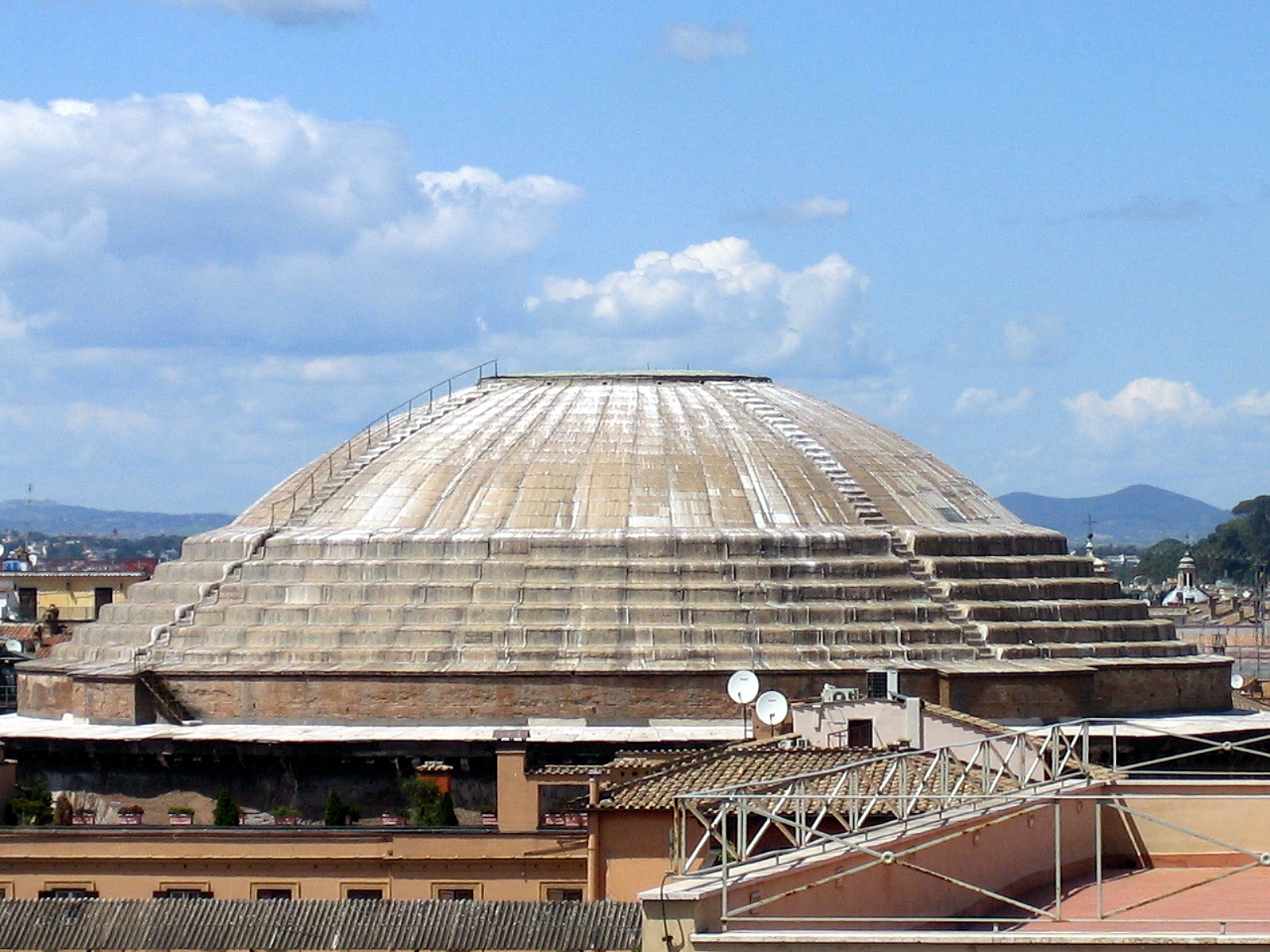#roman_architectural_revolution

Roman architectural revolution
Concrete revolution
The Roman architectural revolution, also known as the concrete revolution, is the name sometimes given to the widespread use in Roman architecture of the previously little-used architectural forms of the arch, vault, and dome. For the first time in Europe, possibly in the world, the potential of these elements was fully appreciated and exploited in the construction of a wide range of civil engineering structures, public buildings, and military facilities. Throughout the Roman empire, from Syria to Scotland, engineers erected structures using semicircular arches. The first use of arches was for civic structures, like drains and city gates. Later the arches were utilized for major civic buildings bridges and aqueducts, with the outstanding 1st century AD examples provided by the Colosseum, Pont Du Gard, and the aqueduct of Segovia. The introduction of the ceremonial triumphal arch dates back to Roman republic, although the best examples are from the imperial times.
Mon 4th
Provided by Wikipedia
This keyword could refer to multiple things. Here are some suggestions: